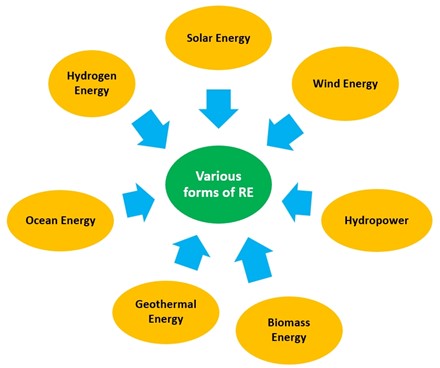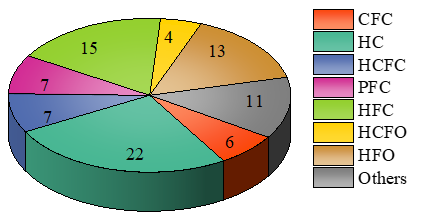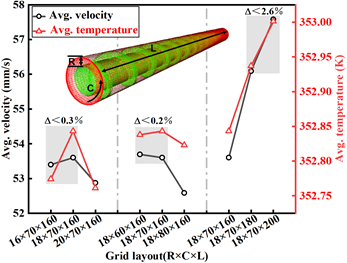Vol. 2 No. 2 (2024)
Mankind's common wishes are to improve the environment, reduce greenhouse gas emissions, and actively respond to global warming. Taking prioritizing environmental protection as an ultimate goal, articles of this issue demonstrate the application of clean energy technology in multiple industries and discuss how clean energy technology contributes to tackling environmental challenges. These industries include machinery, and the pulp and paper industries. The highlight of this issue is how to strengthen a specific link in the energy recovery and recycling process and promote the effective use of energy to achieve environmental protection goals. For example, the carbon dioxide reduction reaction can produce valuable chemicals and fuels while also lowering carbon dioxide emissions. The creation of effective catalysts is critical to achieving this process. An article of this issue demonstrates a newly discovered catalyst capable of performing this reduction reaction. In short, renewable energy technology has multiple applications in a wide range of fields and can effectively achieve goals such as energy conservation and efficient energy consumption through the improvement of some details in multiple fields.
Full Issue
Editorial
-
 Open Access
Open AccessArticle ID: 202
Article
-
 Open Access
Open AccessArticle ID: 169
Commentary
-
 Open Access
Open AccessArticle ID: 155
-
 Open Access
Open AccessArticle ID: 126












.jpg)
.jpg)

